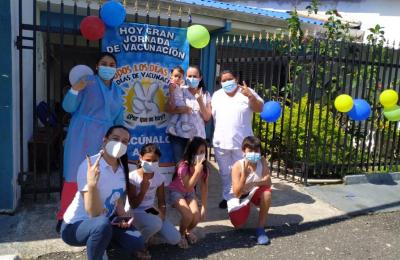Ethics in public health surveillance: progress and challenges in the Americas
Public health surveillance is essential to protect the health of the population and address health inequities. The World Health Organization (WHO) Guidelines on Ethical Issues in Public Health Surveillance is a comprehensive international ethical framework that provides specific guidance on surveillance work and its challenges.












